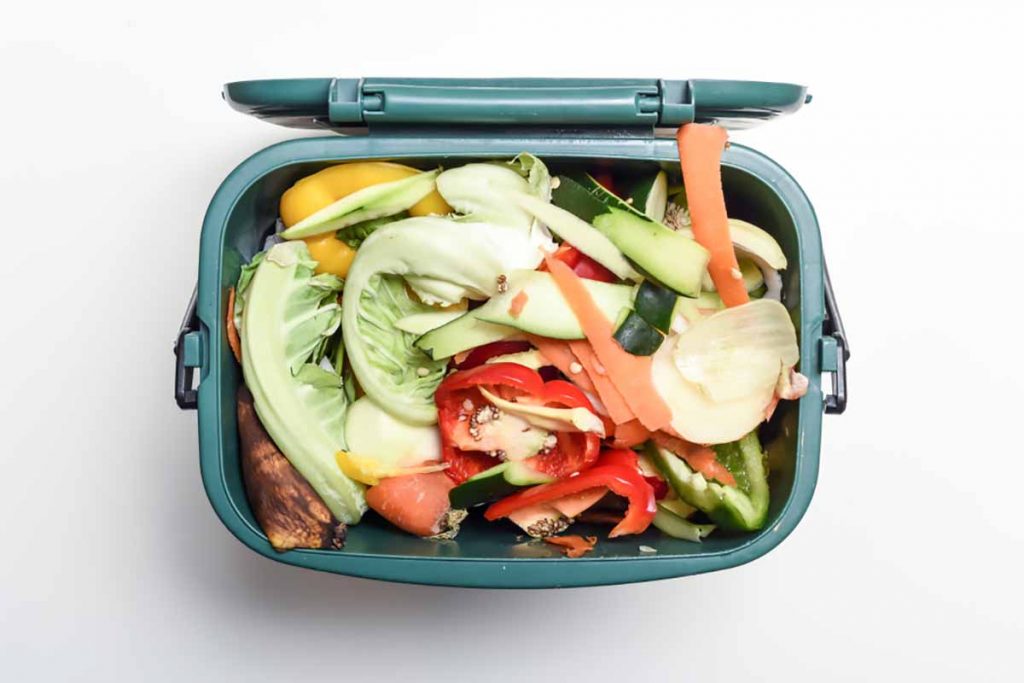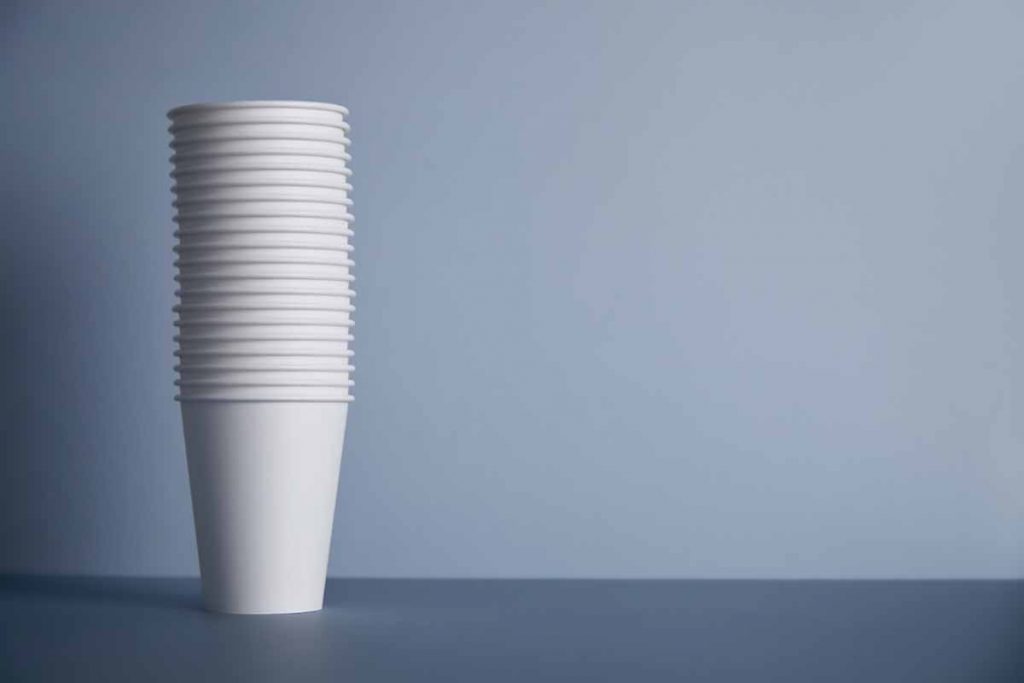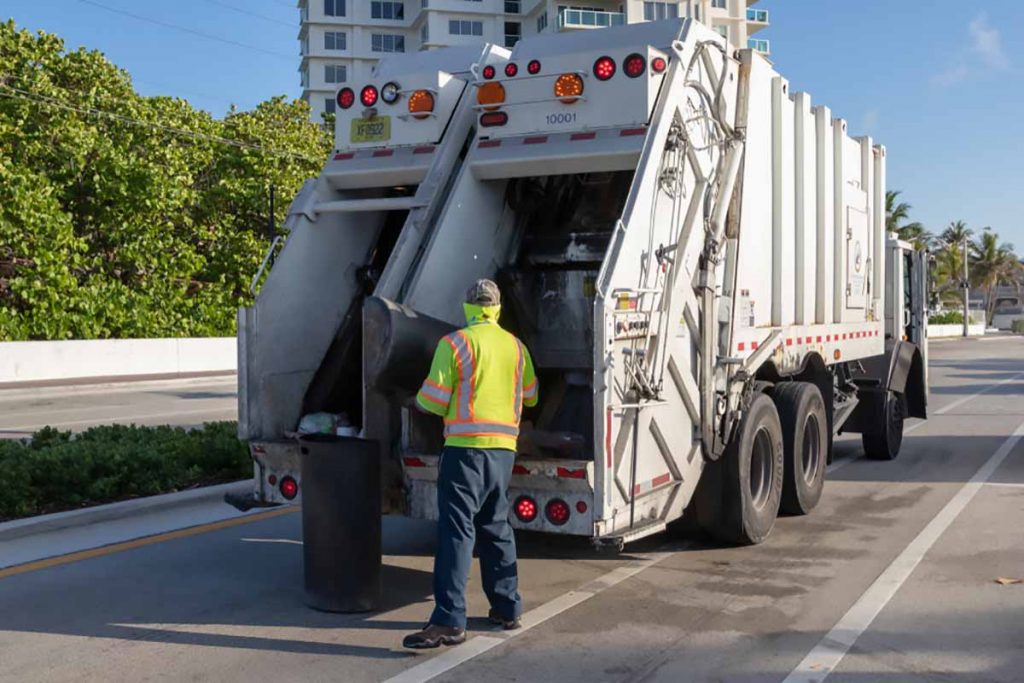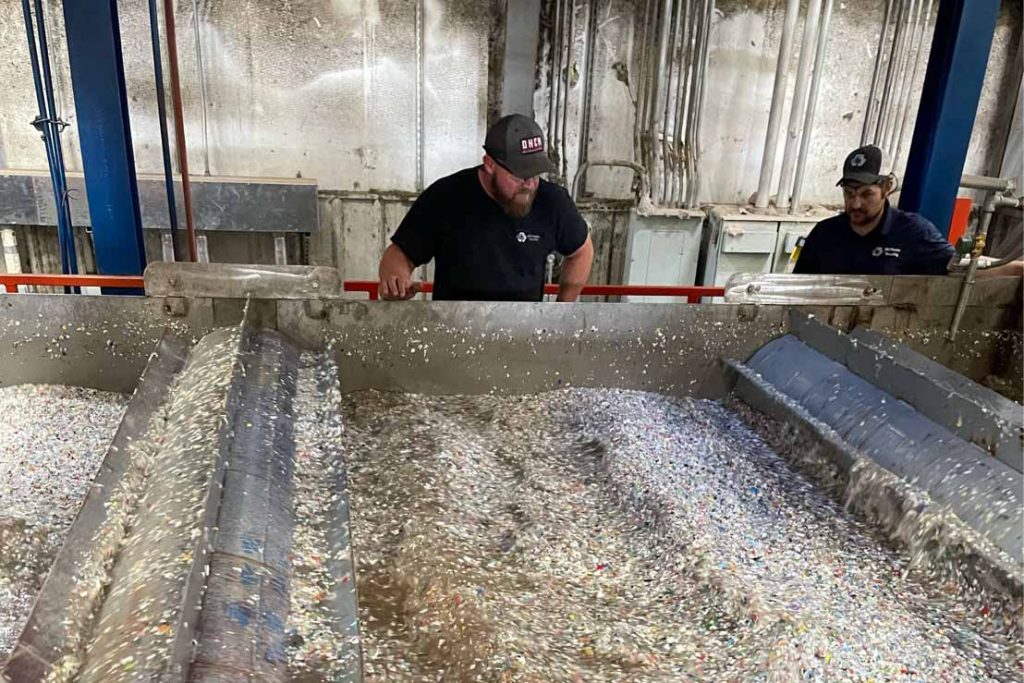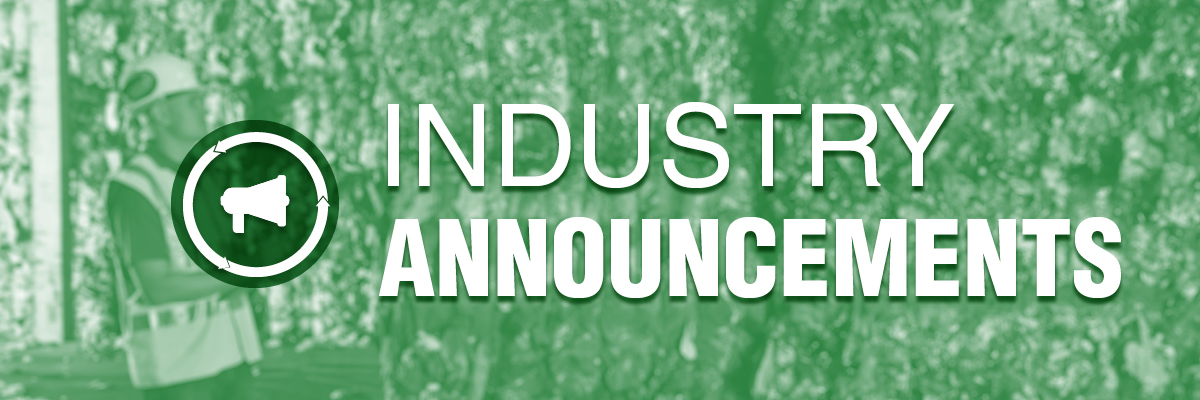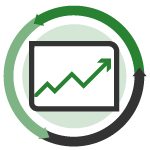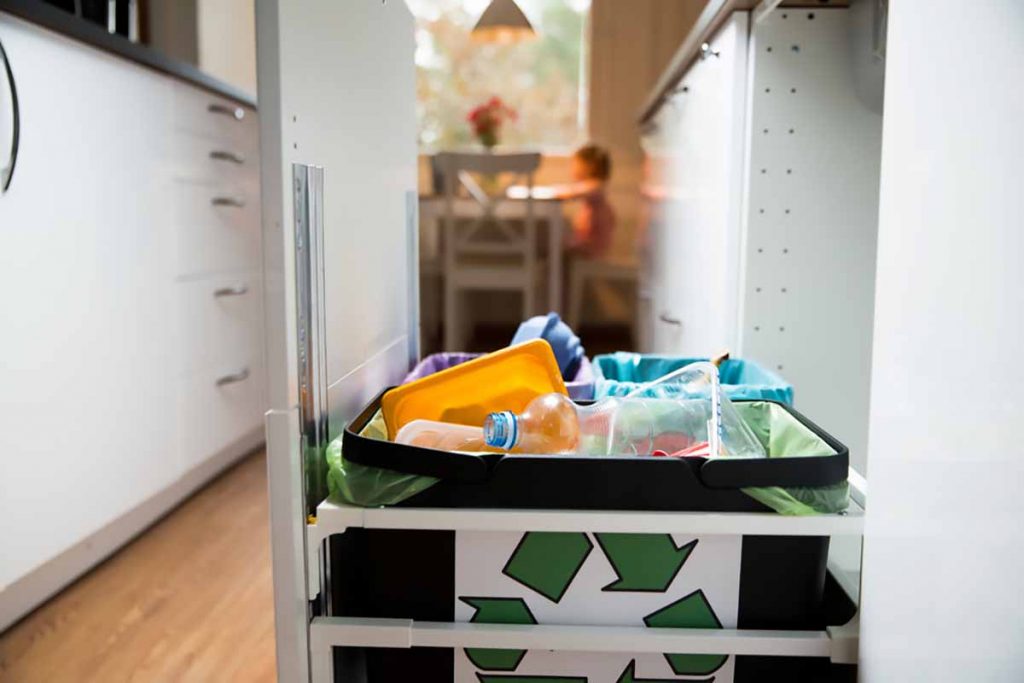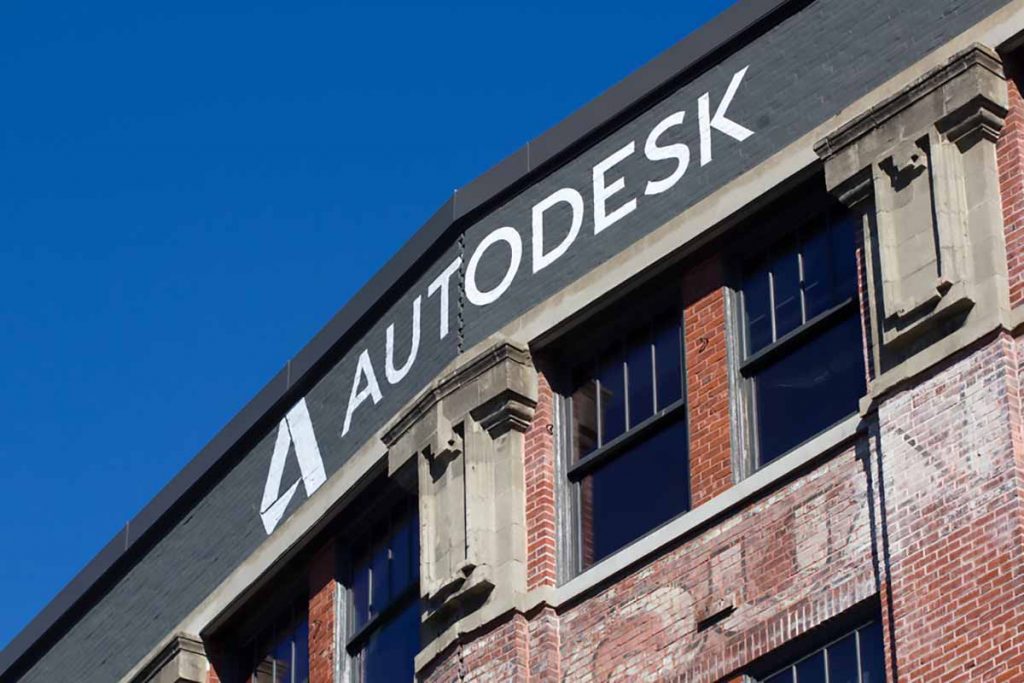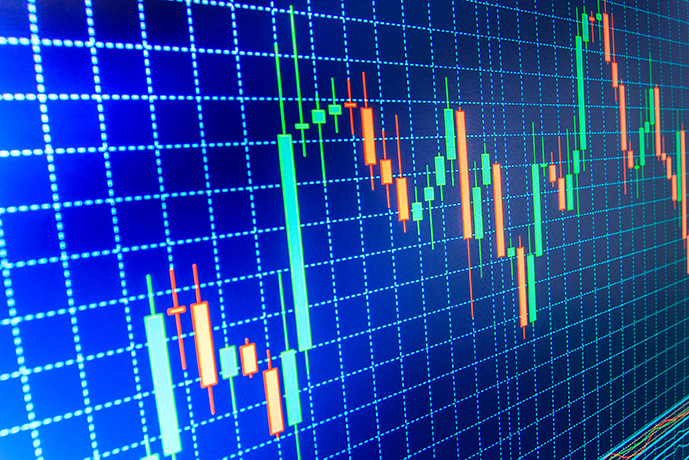
A number of market pricing updates made the list of our most-read stories from 2021. | BEST BACKGROUNDS/Shutterstock
As the municipal recycling industry plunges into 2022, it can be useful to set the stage with a look at the biggest trends and developments of the past 12 months.


